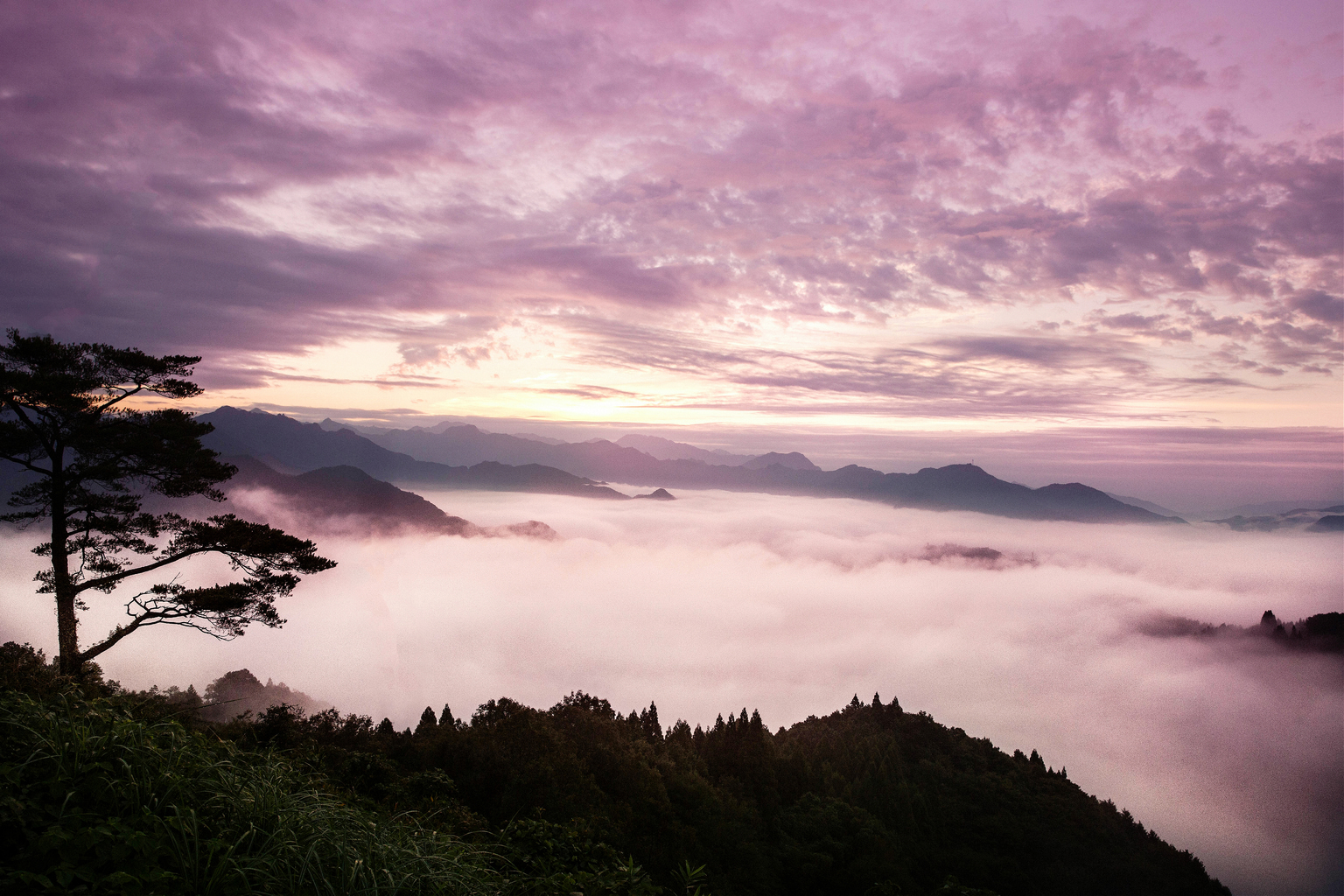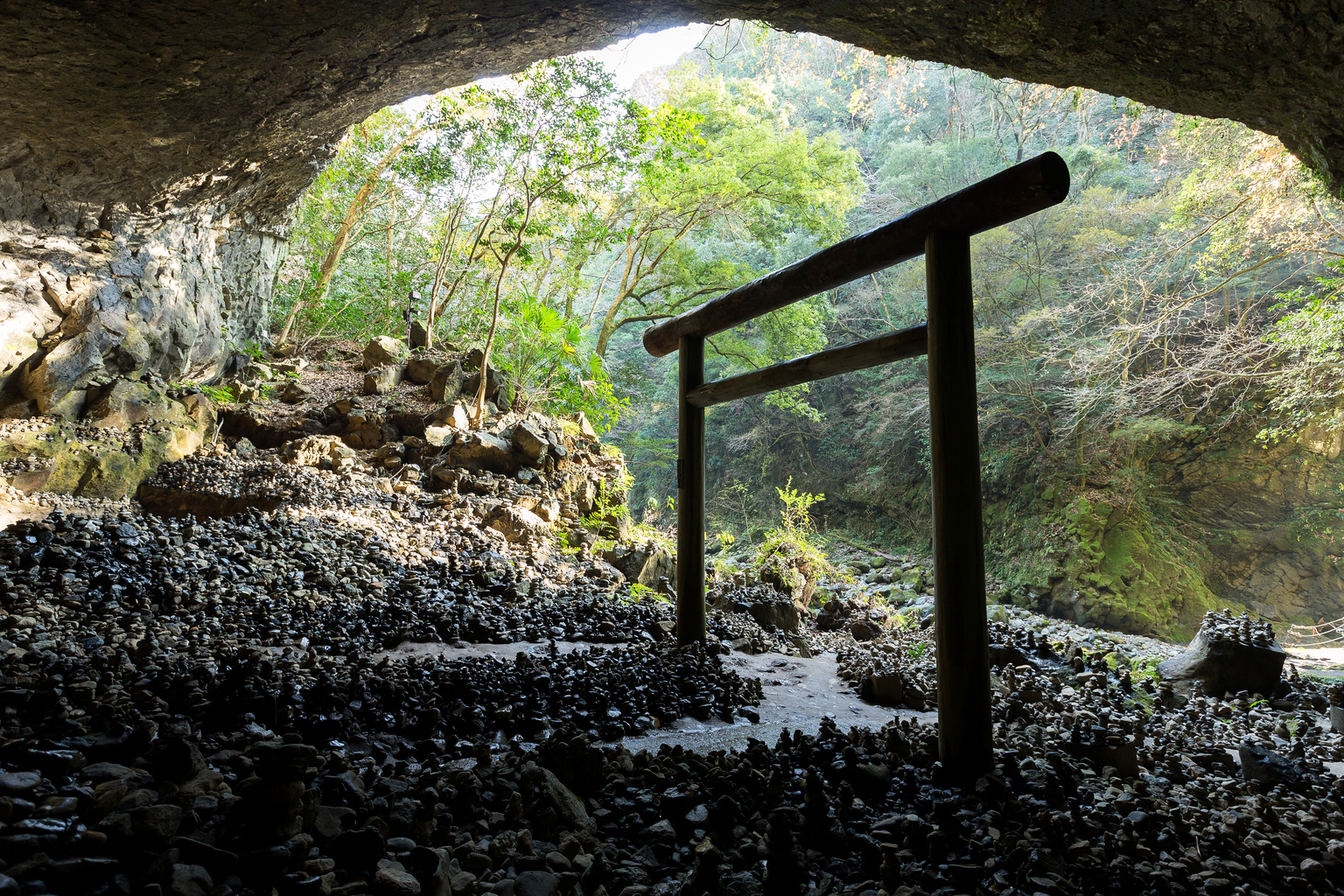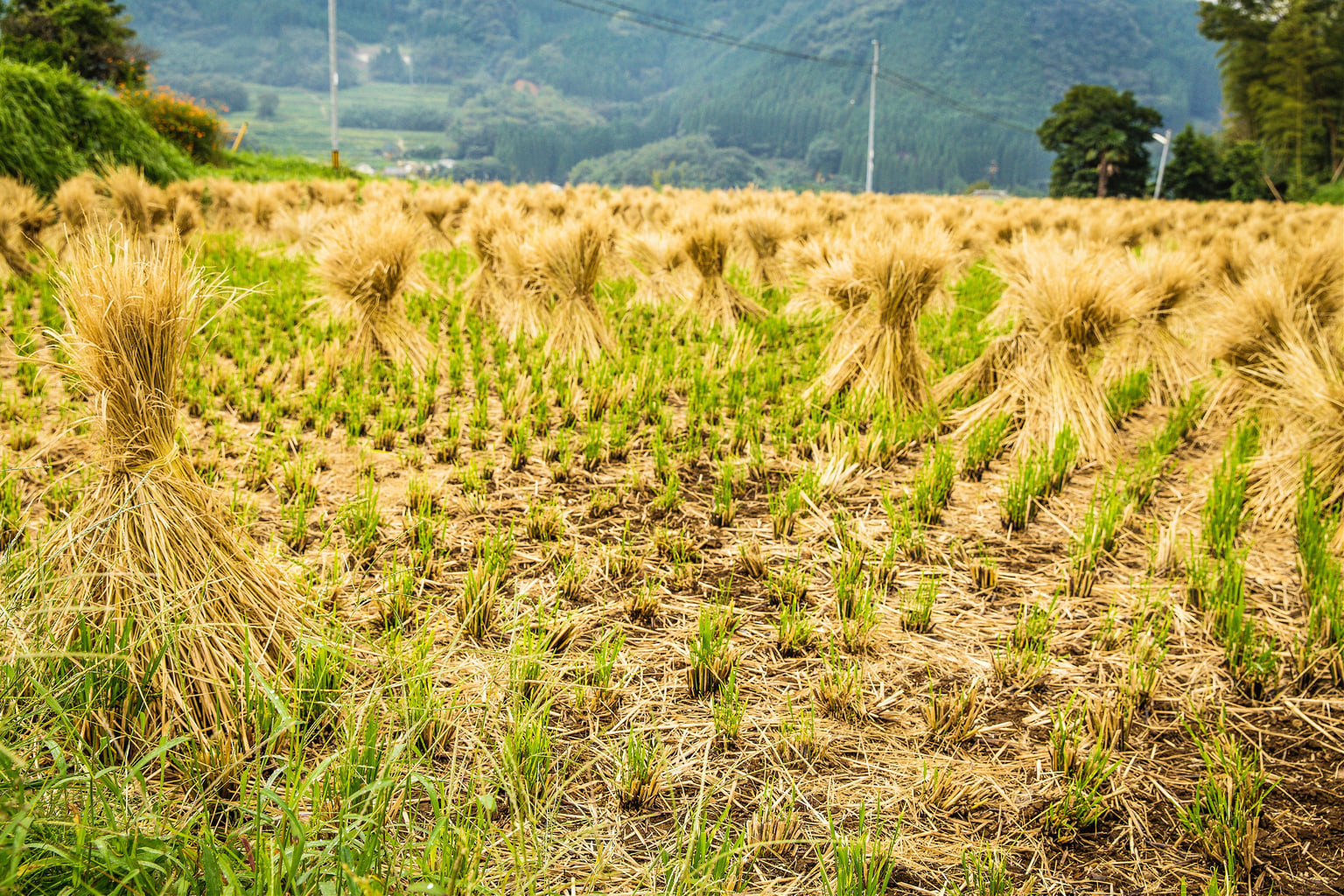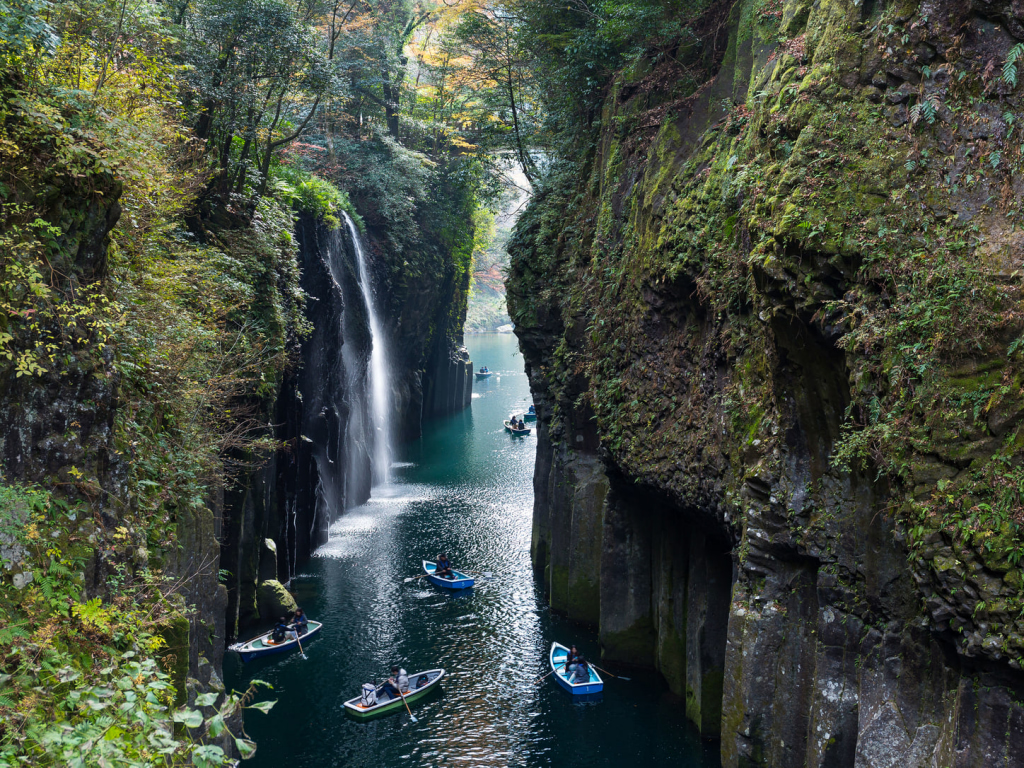Nestled in Miyazaki Prefecture’s northwestern corner along the border of Kumamoto and Oita prefectures, Takachiho draws in one million Japanese visitors a year, but is still generally unknown to the foreign crowd. Featuring a dramatic gorge and offering picturesque views from any angle, the town is infused with a calm energy – as well as a divine history.
Sun goddess Amaterasu, saddened by violence on earth, sent her grandson Ninigi no Mikoto down from the heavens to help bring peace and to plant rice. The mist-enshrouded Takachiho Gorge is where he is said to have descended. Should the right confluence of factors come together during your visit to Takachiho, you may be fortunate enough to glimpse this very same scenery.

Unkai
Known as unkai (literally a “sea of clouds”), the phenomenon only occurs between mid-September through late November, on days when there is a large differential between the minimum and maximum temperatures. In addition, it requires traveling to the Kunimigaoka observation deck before dawn. Should you succeed in seeing this otherworldly landscape, however, you will thank yourself for making the effort.
The Shinto shrine known as Amanoiwato Jinja (whose name translates to Heavenly Rock Cave) is dedicated to Amaterasu, and is situated near a cave where the goddess is said to have hidden – taking the sunlight along with her – following a feud with her brother Susanoo.

Amanoiwato Jinja
Grief-stricken after Susanoo had destroyed large swathes of both the earthly and divine spheres, Amaterasu finally emerged when Ame-no-Uzume, the goddess of all things festive, encouraged her with a dance of such preposterous silliness that she could no longer remain hidden. After Amaterasu and Susanoo subsequently reconciled, the sun finally returned to the earth.
Between November and February, the Amanoiwato Jinja holds sacred all-night dance festivals known as yokagura that re-enact these famous stories. The dances include Ame-no-Uzume’s legendary performance that brought back the sun, along with those portraying 33 additional deities. The yokagura festivals take place all over Miyazaki Prefecture, with those in Takachiho – and at the Amanoiwato Jinja in particular – being the most closely connected with the original legends.
Timing your visit to coincide with the yokagura season allows for an especially rich cultural experience in this intriguing region – but Takachiho is a fascinating place to explore at any time of the year.

Rice Paddies in Takachiho
The Takachiho Amaterasu Railway (TAR) is a delightful way to experience the area’s scenery. This is a must-do for adults and kids of all ages as the five kilometer route following the tracks of the former Takachiho Railway takes in some of the area’s most prominent landmarks.
A drive through Takachiho includes atmospheric views of the tanada (terraced rice paddies), which comprise a 500km network of canals and over 1,800 hectares of fields.
The cultivation of terraced rice paddies is one of the numerous local ecological initiatives presently underway for sustainable stewardship of the land, which also include special techniques for cultivating tea and shiitake mushrooms. Such efforts have helped earn the Takachihogo-Shiibayama region a placement within the United Nations-officiated Globally Important Agricultural Heritage Systems (GIAHS).
Photographs by Solveig Boergen
Updated On December 26, 2022









